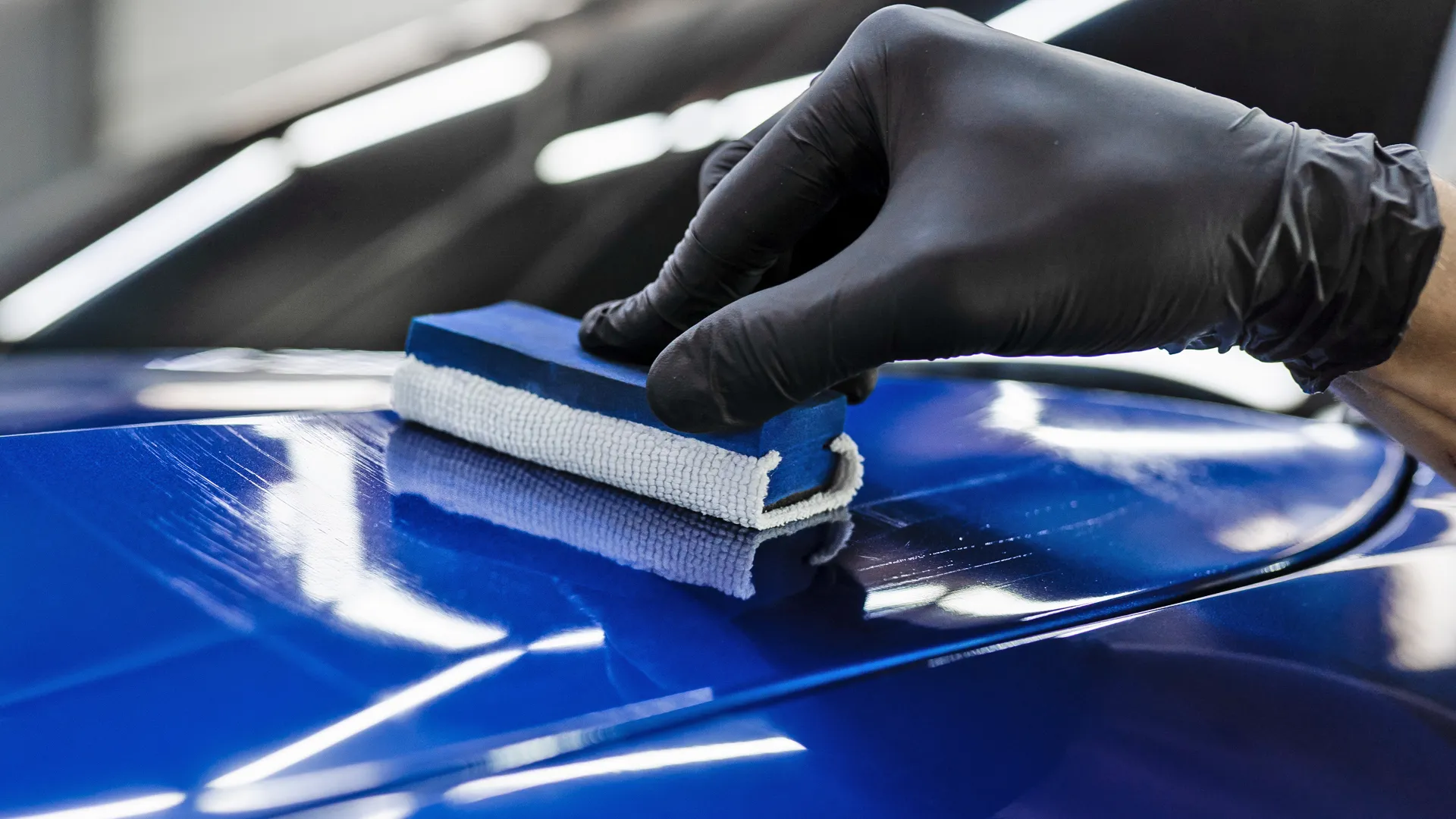Get professional paint protection film installation to prevent rock chips and scratches.
Get professional paint protection film installation to prevent rock chips and scratches.
Blog Article
A Comprehensive Guide to the Types of Ceramic Layer on the Market
Ceramic layers have actually emerged as a crucial option across various sectors due to their distinct residential properties and applications. From silica-based solutions understood for their robustness to crossbreed alternatives that merge multiple advantages, the options readily available can be overwhelming. Recognizing the subtleties of each kind, including their specific advantages and excellent usage cases, is crucial for making informed decisions. As we explore the distinct attributes and applications of these coatings, the ramifications for performance and longevity end up being progressively obvious, elevating inquiries regarding which type might ideal fit your needs.
Understanding Ceramic Coatings
Ceramic finishings are innovative protective solutions that have acquired appeal in numerous sectors, specifically in vehicle and aerospace applications. These finishings include a fluid polymer that, when treated, forms a durable, hydrophobic layer on the surface area of the substrate. This layer provides improved resistance to ecological contaminants, UV radiation, and chemical exposure, therefore expanding the life and aesthetic appeal of the underlying product.
The essential part of ceramic coverings is silica, which adds to their hardness and resilience. The application process usually involves surface area preparation, application of the finish, and healing, which can be accomplished with warm or UV light. When healed, ceramic coatings display outstanding bonding buildings, permitting them to stick strongly to a variety of surface areas, consisting of metals, plastics, and glass.
In enhancement to their safety features, ceramic finishings likewise offer ease of maintenance. Their hydrophobic nature minimizes the adherence of dirt and crud, making cleaning less complex and less constant. In general, the fostering of ceramic finishes stands for a substantial improvement in surface defense modern technology, supplying both practical and visual advantages across several industries.
Sorts Of Ceramic Coatings
Different types of ceramic coatings are available, each designed to satisfy certain performance demands and applications - ceramic coating sarasota. The most common kinds include:
Silica-based Coatings: These coverings primarily include silicon dioxide and are recognized for their toughness and chemical resistance. They are widely made use of in auto and commercial applications.
Titanium Dioxide Coatings: Distinguished for their photocatalytic homes, titanium dioxide coatings are frequently applied in settings where self-cleaning and antifungal residential or commercial properties are preferable, such as in building products and vehicle surfaces.
Zirconia Coatings: Defined by their high-temperature stability and thermal resistance, zirconia finishings are utilized in applications such as turbine engines and high-performance automotive elements.
Alumina Coatings: Showing excellent hardness and thermal stability, alumina coatings are often used in wear-resistant applications, including reducing devices and commercial equipment. - scratch repair sarasota
Hybrid Coatings: Integrating the residential or commercial properties of different materials, hybrid finishings supply improved efficiency attributes, making them appropriate for one-of-a-kind and requiring applications.
Each kind of ceramic covering offers unique purposes, permitting customers to select the most appropriate solution based on particular environmental conditions and efficiency requirements.
Benefits of Ceramic Coatings
Ceramic coverings, in specific, offer many advantages that make them significantly popular among suppliers and customers alike. These finishings are resistant to scratches, chemicals, and UV rays, making certain that the underlying surface continues to be safeguarded over time.
Along with sturdiness, ceramic layers give outstanding hydrophobic homes, permitting very easy cleaning and maintenance. This water-repellent nature decreases the adherence of dirt, crud, and other impurities, which can extend the visual charm and functionality of the surface area. Moreover, ceramic layers can considerably boost thermal resistance, making them suitable for applications that sustain heats.

Application Process
When applying ceramic coatings, a careful strategy is web necessary to attain optimum outcomes. A tidy surface guarantees appropriate attachment of the covering.
When the surface area is prepped, the next step is to apply the ceramic finish. This can be done making use of an applicator pad or a microfiber cloth, making certain even protection. It is critical to operate in small sections to keep control and prevent premature treating. The coating ought to be used in slim layers, as thicker applications can result in irregular finishes.
After application, the finishing needs a specific treating time, normally varying from a few hours to a full day, relying on the product. Throughout this moment, it is important to prevent exposure to moisture or pollutants. A mild buffing might be necessary after treating to improve the gloss and remove any high areas. Complying with these actions vigilantly will make the most of the efficiency and longevity of the ceramic finishing, giving a resilient safety layer for the surface.
Upkeep and Durability
To ensure the long life and effectiveness of a ceramic coating, routine click now upkeep is necessary. Ceramic layers, known for their longevity and protective top qualities, require certain treatment regimens to maximize their life-span and efficiency.
Along with routine washing, periodic assessments are critical. Seek indications of wear or damage, such as hydrophobic buildings lessening or surface area flaws. If required, a light polish may be related to revitalize the layer without removing it away.
Furthermore, the application of a booster spray can improve the finish's hydrophobic results and recover its gloss. This is particularly helpful for finishes that have actually remained in usage for a prolonged duration. Eventually, by sticking to these upkeep practices, one can dramatically expand the life of a ceramic layer, ensuring that it continues to offer optimum defense versus ecological variables and preserve the visual allure of the lorry.
Final thought

Report this page